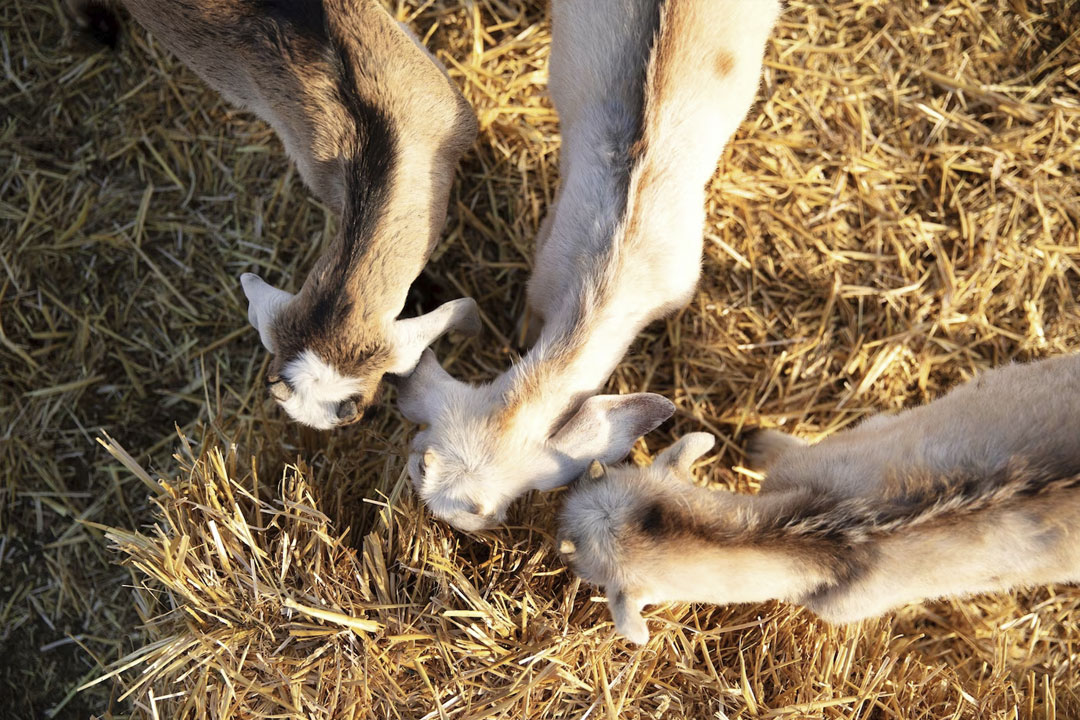
Sheep and goats are important livestock for many farmers in Zimbabwe, providing meat, milk, and wool. However, like any animal, they are susceptible to a range of diseases. It is important for farmers to be aware of these diseases so they can take measures to prevent them and to seek treatment if their animals become sick.
Below is a table outlining some of the major diseases of sheep and goats found in Zimbabwe, their causal organisms, major vectors, symptoms, treatment, and control measures:
| Disease | Casual Organism | Major Vectors | Symptoms | Treatment | Control |
| Heart Water | Temperature rise, depression, loss of appetite | Double dose tetracycline if caught early | Tick Control | ||
| Bont tick fever | Increase in pulse and respiration, prostration, convulsion, and death | ||||
| Pulpy Kidney/Clostridium perfringens | Clostridium perfringens | Sudden rapid death, red urine, blood in feces, jaundice, gangrenous mastitis in lactating females | Vaccination | ||
| Lamb Dysentery | May be red urine, blood in feces, jaundice | ||||
| Blue Tongue | Several species of virus | Midges | High temperature, eye and nasal discharge, tongue and lips become inflamed and ulcerated, hooves become affected, abortion in pregnant females | Antibiotics to treat secondary infection | Control midges, move animals to high ground in rainy season, vaccinate |
| Botulism | Clostridium botulinum | Depraved appetite, paralysis of muscles, especially legs and jaw | Vaccination on farms where Botulism is known to be present | ||
| Tetanus | Clostridium tetani | Muscle stiffness followed by spasm, locking of the jaw, most die | Antibiotics, tranquilizers, and tetanus toxoid vaccine | Vaccinate in areas where tetanus is known | |
| Gas gangrene | Clostridium chauvoei | Severe lameness with gas crepitation under the skin, sudden death | Vaccination in prevalent areas | ||
| Anthrax | Bacillis anthracis | Spores in soil and environment | Sudden death, temp increase, muscle tremors, convulsions, death | Vaccination | |
| Lumpy Wool (Senkobo/Dermatophilosis) | Dermatophilis congolensis (fungus) | Environment, possibly bont tick (amblyomma variegatum) | Lesions on the skin, hard thickened crusts, wool, and hide damage, lambs and young animals may die | Broad-spectrum antibiotics, healing oils on wounds, copper sulfate, and zinc sprays | Tick control, culling severe cases, ensuring sheep/goats do not get shearing wounds |
As seen in the table, tick control is an important measure for preventing the spread of diseases such as heart water and bont tick fever. Vaccination is also an effective measure for preventing many of these diseases, including Pulpy Kidney, Blue Tongue, Botulism, Tetanus, Gas gangrene, and Anthrax.
It is important for farmers to monitor their animals for signs of illness and seek veterinary care if necessary. They can also take measures to prevent the spread of diseases, such as ensuring good hygiene and sanitation practices and controlling vectors such as ticks and midges.
In summary, sheep and goats in Zimbabwe are susceptible to a range of diseases that can have serious consequences for both animal health and the livelihoods of farmers.


















